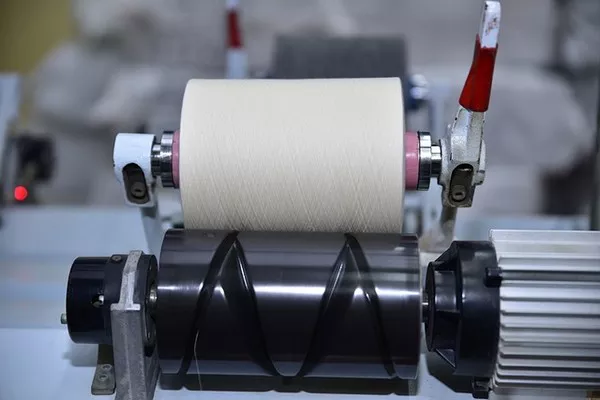In the realm of wastewater management, tertiary sewage treatment stands as a critical stage in the purification process, ensuring that effluent discharged into natural water bodies meets stringent environmental standards. As urban populations burgeon and industries expand, the need for effective sewage treatment becomes ever more imperative. In this article, we delve into the intricacies of tertiary sewage treatment, exploring its significance, processes, and the technologies driving its evolution.
Understanding Tertiary Sewage Treatment
Tertiary sewage treatment represents the final phase in the treatment of wastewater before it is deemed fit for release into the environment. This stage is characterized by the removal of residual impurities that persist even after primary and secondary treatment processes. While primary treatment involves physical processes such as sedimentation to remove large solids, and secondary treatment employs biological processes to break down organic matter, tertiary treatment targets contaminants at a molecular level, producing effluent of the highest quality.
The Significance of Tertiary Treatment
The importance of tertiary sewage treatment cannot be overstated in safeguarding public health and preserving ecosystems. By further purifying wastewater, tertiary treatment prevents the discharge of harmful pollutants into rivers, lakes, and oceans, thereby mitigating the risks of waterborne diseases and environmental degradation. Additionally, treated effluent can be recycled for non-potable purposes such as irrigation, industrial processes, and groundwater recharge, thus promoting sustainability and conserving precious freshwater resources.
Processes Involved in Tertiary Treatment
Tertiary sewage treatment encompasses a range of advanced processes tailored to remove specific contaminants that persist post-secondary treatment. These processes may include:
Filtration: Filtration involves passing wastewater through various media such as sand, activated carbon, or multimedia filters to trap suspended particles, pathogens, and dissolved solids.
Chemical Treatment: Chemical coagulants such as alum or ferric chloride are often added to wastewater to facilitate the aggregation of fine particles, enabling their removal through sedimentation or filtration.
Disinfection: Disinfection is a crucial step in tertiary treatment aimed at eliminating remaining pathogens and microorganisms. Common disinfection methods include chlorination, ultraviolet (UV) irradiation, and ozonation.
Nutrient Removal: Nutrient removal, particularly of nitrogen and phosphorus, is essential to prevent eutrophication of receiving water bodies. Biological processes such as nitrification-denitrification and phosphorus precipitation are commonly employed for this purpose.
Advanced Oxidation Processes (AOPs): AOPs utilize powerful oxidants such as ozone, hydrogen peroxide, or ultraviolet light to degrade recalcitrant organic compounds and emerging contaminants present in wastewater.
Emerging Technologies in Tertiary Treatment
Advancements in technology continue to drive innovation in tertiary sewage treatment, enabling more efficient and sustainable wastewater purification. Some notable developments include:
Membrane Bioreactors (MBRs): MBRs combine biological treatment with membrane filtration, offering superior effluent quality and smaller footprint compared to conventional treatment systems.
Reverse Osmosis (RO): RO membranes are capable of removing dissolved salts, trace contaminants, and pathogens from wastewater through pressure-driven filtration, making it suitable for water reuse applications.
Electrocoagulation: Electrocoagulation involves the destabilization of contaminants through the application of electric current, leading to their coagulation and subsequent removal via flotation or filtration.
Constructed Wetlands: Constructed wetlands mimic natural wetland ecosystems to treat wastewater, relying on the combined processes of filtration, adsorption, and microbial degradation to purify effluent.
Nanotechnology: Nanomaterials such as nanoparticles and nanocomposites hold promise for enhancing the removal efficiency of contaminants in tertiary treatment processes through adsorption, catalysis, and membrane separation.
Regulatory Framework and Environmental Impact
The implementation of tertiary sewage treatment is governed by stringent regulations and standards established by environmental agencies and regulatory bodies worldwide. These regulations dictate permissible levels of contaminants in treated effluent, ensuring compliance with water quality criteria and safeguarding public health and ecosystems. Additionally, environmental impact assessments are conducted to evaluate the ecological implications of wastewater discharge and guide the design and operation of treatment facilities to minimize adverse effects on receiving] water bodies.
See Also What Is The Purpose Of Tertiary Wastewater Treatment
Conclusion
Tertiary sewage treatment plays a pivotal role in the sustainable management of wastewater, serving as the final barrier between pollutants and the environment. Through advanced processes and technologies, tertiary treatment ensures that wastewater is purified to the highest standards, protecting human health, supporting ecosystem integrity, and promoting water reuse and conservation. As populations grow and environmental pressures intensify, investments in tertiary treatment infrastructure and research are essential to meet the challenges of wastewater management in the 21st century and beyond.

